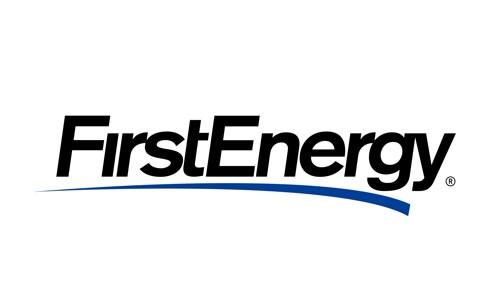By Michael Brooks
A merchant transmission developer last week accused several PJM transmission owners of inflating the costs of upgrades necessary to approve three auction revenue rights requests.
TransSource LLC asked the Federal Energy Regulatory Commission to order PJM to provide it with data showing how the RTO calculated the almost $1.7 billion in upgrade costs in its system impact studies (SIS) for the requests. TransSource said the RTO has repeatedly refused to release the data, in violation of its Tariff (EL15-79).
The company also requested fast-track processing of its complaint and asked that FERC suspend a July 12 deadline to execute facilities study agreements in order for the requests to retain their positions in the ARR queue.
TransSource — not to be confused with Transource Energy, a joint venture of American Electric Power and Great Plains Energy — said that if it misses the deadline and forfeits its queue positions, it could lose $6 million per month in incremental ARR revenues.
PJM estimated the requests, identified by their queue position numbers Z2-053, Z2-069 and Z2-072, to be worth, respectively, 156.1 MW, 105 MW and 204.6 MW in incremental ARRs. It estimated $376.5 million, $783.8 million and $586.8 million in upgrade costs.
TransSource alleges that the transmission owners whose lines would require upgrades necessary to award the ARRs “intentionally assigned to those queue positions a scope of mitigation that is materially too broad in an effort to defeat TransSource’s network upgrade request.”
Z2-053 and Z2-069 are both sourced in Bridgewater, N.J., and sink in Hoboken and South River, respectively. Z2-072’s source is the Indian River power plant in Delaware, and its sink is New Church, Va., on the Delmarva Peninsula. The ARRs require upgrades on lines owned by Public Service Electric and Gas, PPL, Jersey Central Power & Light and Delmarva Power & Light.
“On 12 occasions TransSource has asked PJM to explain how it determined the scope of mitigation used in its SIS and has requested access to the underlying data inputs, assumptions that the PJM TOs submitted to PJM and that PJM used to determine the SIS scope of mitigation and costs. Each time, PJM has refused,” TransSource said. PJM told TransSource that it had no right the data, according to the company.
TransSource pointed to the section in the PJM Tariff that requires the RTO to “provide a copy of the system impact study and, to the extent consistent with the Office of the Interconnection’s confidentiality obligations in … the Operating Agreement, related work papers to all new service customers that had new service requests evaluated in the study and to the affected transmission owner(s).”
The company said the scope of work outlined in the studies is “badly inflated and intended to defeat the TransSource network upgrades … making it difficult, if not impossible, for TransSource to secure the financing required for its network upgrades.”
TransSource added that its queue positions “directly affect numerous PJM Order 1000 Regional Transmission Expansion Projects, several of which stand to be rendered unnecessary if TransSource’s projects are completed and become operational.”
The complaint was filed by TransSource Manager Adam Rousselle, who did not return a request for comment.












